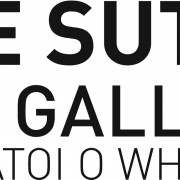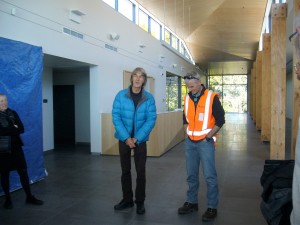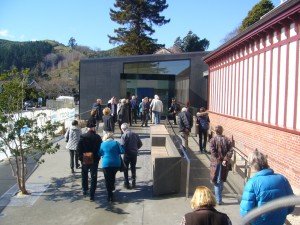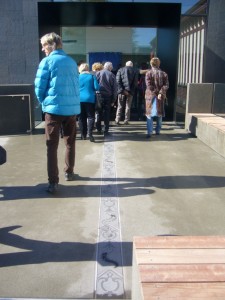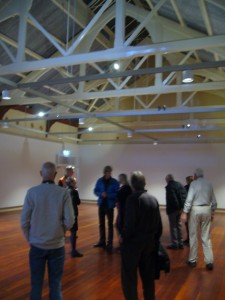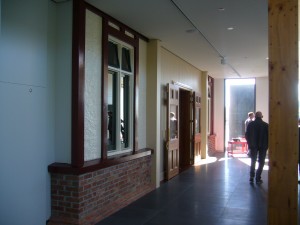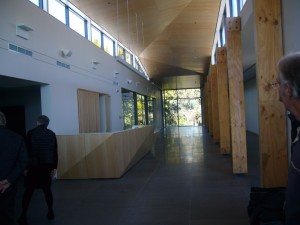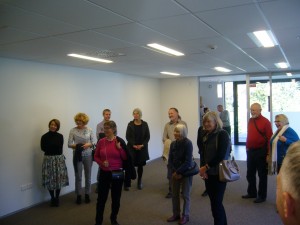If you operate a business that requires your employees or yourself to be mobile or work remotely from home, then you may be familiar with the unique challenges this can present.
With the advanced technology available; companies cutting back on expensive office space and overheads; employees demanding more flexible working arrangements and wasted hours spent sitting in traffic jams in some cities, the increase in mobile or remote workers has increased dramatically.
While some businesses are embracing this shift to more flexible working, others are more wary about what this would mean for productivity, accountability and overall staff performance. How do they reach employees in an emergency? How do they measure output? How much time is spent watching soap operas instead of working?
So to manage your employees remotely, accurately measure their performance and ensure they comply with company policies etc, here are some ways to create a good working employment relationship with your remote workers without compromising on productivity or profitability.
Firstly you need to measure what’s important. It is too difficult to manage something you can’t measure. GPS software allows managers to record, in real-time, vehicle activity details. This doesn’t mean you look over the driver’s shoulder every minute of the day but it does allow you to record important data like start and stop times, the number of jobs completed, idle time and maybe even speeding violations!
You will also need to really communicate well. This doesn’t mean stalking them every minute of the day but it does mean you need to find an easy way for you and your employees to communicate when necessary. Cell phones, CB radios, Smart Phones, Skype are all established and successful methods.
Next you will need to change your way of thinking to concentrate on outputs not activities. Flexible working changes the dynamics of management. You can no longer fixate on controlling what an employees’ day-to-day activities are. Instead step back and look at the big picture. What are the objectives that need to be achieved? Communicate the agreed objectives and leave them to work out how they can accomplish those goals. Have trust in them that they will use creativity and initiative to achieve the desired outcomes, or ask for help if they need it.
How much do you think you will you need to change especially if you’ve been used to a more hands-on management style, or been a ‘micro manager’? There is no doubt that some change will be required from you so be prepared for that and set the example for your employees.
Trust is going to be the most important aspect of this change. You need to give your staff the benefit of the doubt, extending trust until they show they’re undeserving of it. Reward the positive behaviour expected but ensure there are consequences for behaviour that doesn’t reach the standard required.
Finally, remember that technology will never replace you as a manager, but you can use it to complement your management of them. Make use of on-line meeting tools like Skype or instant chat to keep the communication lines open and contact with your employees easier than ever before. Web-based software for recording timesheets, sending and receiving e-mails, or monitoring staff location can be valuable tools to keep track of your employees if there is a requirement to do so.
So are you ready for your work force to work from Mars? It’s only an 18 month response time!



